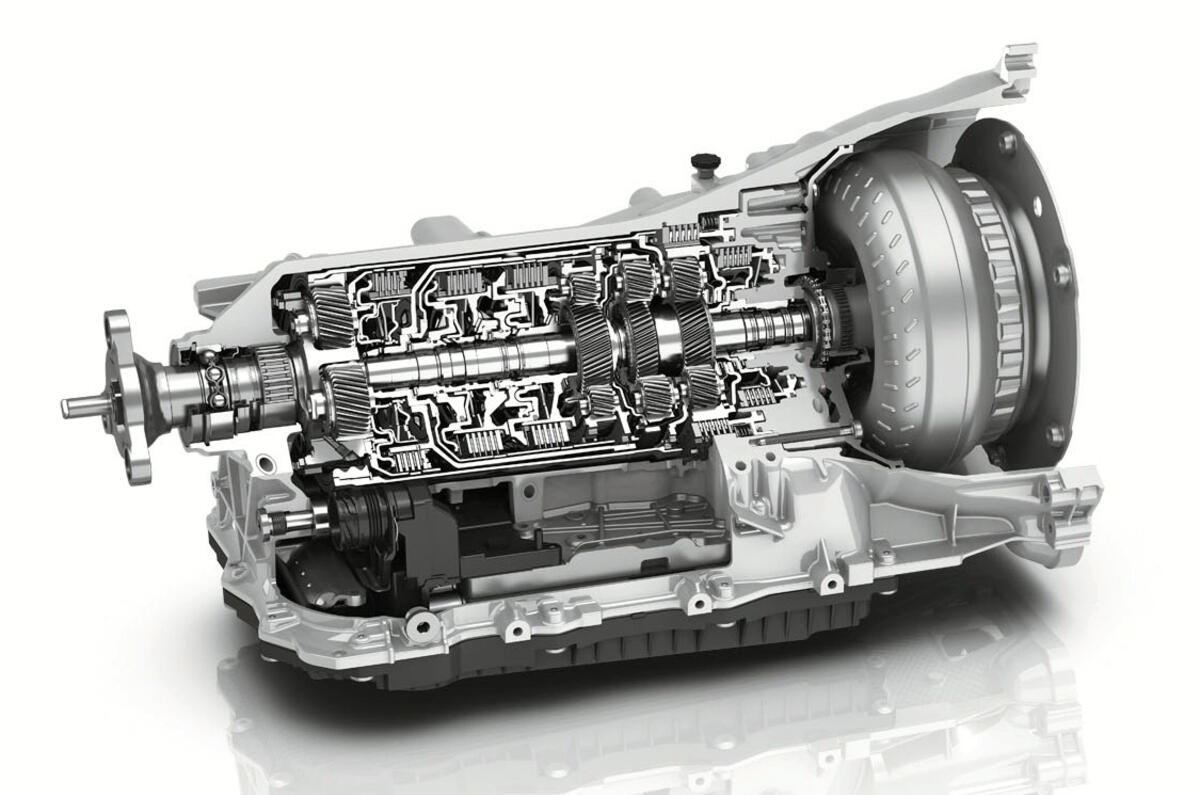The term “torque-converter” will be used by auto enthusiasts. In the realm of automotive engineering, torque converters hold a significant role, particularly within automatic transmission systems. These mechanical marvels are essential to ensuring smooth vehicle operation along with power transmission and the enjoyment of driving. In this guide we’ll dive into the intricate world of torque converters, demystifying their inner workings and shedding light on their indispensable contribution to the auto industry.

Torque Converters The Essentials You Need to Know
The Essence of Power Transmission: In essence, an torque converter is a fluid coupling that is designed specifically for automatic transmissions. Its primary function is to transmit power from the engine to transmission that then drives the wheel. This mechanism is integrated into the automatic transmission system, bridging the space between engine power and wheel motion.
Components involved: The torque convertor is a system made up of three components: the impeller (or turbine) and the stator and the stator. They work in tandem to convert torque and power.
Mechanism is breaking down
The mechanism behind the torque converter are fascinating. It requires intricate interactions that create efficient power of transmission.
Impeller Initiation: Once the engine is in operation, it kicks off the process by spinning the impeller. The impeller is essentially a fan-shaped structure which moves transmission fluid within the converter. The impeller generates a flow that hits the turbine blades as it turns.
Turbine Response: The turbine, connected to the transmission’s input shaft is activated through the impeller’s force of impact. The impeller moves the fluid, which in turn activates the turbine. It turns at a speed that is equal to that of the impeller. The turbine generates power through using kinetic energy.
The Stator as a Tool to Enhance Efficiency
The stator is among the major components of a torque converter. It is located between the impeller and the turbine, the stator has crucial roles in increasing the effectiveness of the process for power transmission:
Fluid Redirecting Mechanism: The stator operates through redirecting fluid flow between the impeller as well as the turbine. This redirection is crucial in optimizing torque output and ensuring the smooth transfer of power. By controlling the fluid’s path, the stator contributes to an efficient and balanced operation.
The significance of Torque Converters in Driving
In terms of the driving experience the operation of the torque converter is vital.
Smooth transitions. The layout of the torque converter and its mechanics help to create smooth shifts between gears. Fluid coupling torque convertors eliminate the need for manual engagement of clutches and result in seamless gear shifts.
2. Stalling and Idling Prevention: Torque Converters play a significant part in preventing stalling and engine idle. The fluid coupling permits the engine to run even when the vehicle is in stationary. This allows for a continuous idle, and eliminates the need to engage the clutch manually once the vehicle is stopped.
3. Torque converters are efficient at the delivery of power since they optimize the transfer of power. The overall experience of driving can be enhanced with the help of torque converters, which provide the necessary power for acceleration and cruising.
Torque converters are a complex set of mechanical elements that constitute the core of automatic transmission systems. Their fluid coupling mechanism, facilitated by the impeller, turbine and stator, assures seamless transfer of power from the engine into the transmission, then eventually onto the wheels. This powerful power transmission assists in smooth gear changes as well as preventing stalling and idle issues, and boosts overall driving efficiency.
Understanding the role of torque converters is crucial for car enthusiasts and engineers. These devices are the perfect marriage between fluid mechanics and engineering and they’re able to make every drive a smooth one. Torque converters form an integral element of modern-day automotive technology and will remain in the future as technology continues to evolve. They are used to show the interplay between mechanics, functionalities, and engineering.